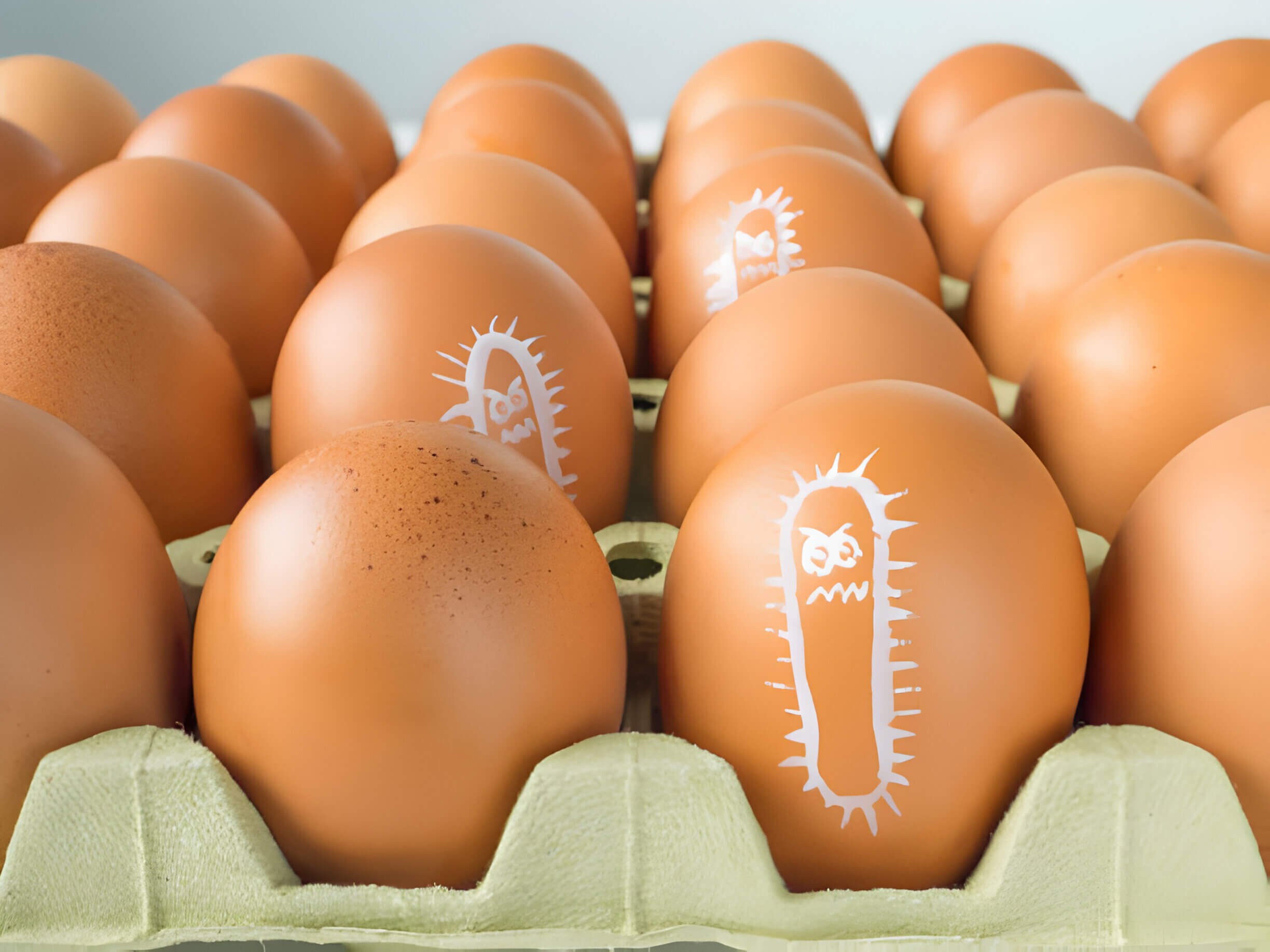Microbiological Testing and Salmonella Control: New Insights

Public health authorities around the world are concerned with monitoring and limiting Salmonella infections, which can lead to significant health complications and even fatalities. A key challenge is the emergence of drug-resistant strains, highlighting the need for innovative approaches. Recently, researchers in Thailand investigated combining probiotics with novel prebiotic substrates as a synbiotic strategy against Salmonella. Their findings provide valuable insights that could guide future microbiological testing and control efforts.
What prompted the recent Salmonella research in Thailand?
Salmonella remains a major foodborne threat globally, with developing countries facing higher risks. In Thailand specifically, studies show increasing multidrug resistance among Salmonella in the food chain. With existing preventive measures having limitations, scientists at Kasetsart University explored using native probiotic strain Limosilactobacillus reuteri KUB-AC5 with selected prebiotics as a novel synbiotic approach. Their aim was assessing the synbiotic's ability to inhibit Salmonella growth in the human gut environment.
How was the probiotic's suitability evaluated initially?
Before testing synbiotic combinations, the researchers first evaluated L. reuteri KUB-AC5's basic capabilities. Its survival under simulated gastrointestinal conditions was examined, showing modest reductions in strained gastric and intestinal fluids. This affirmed the strain's resilience for further synbiotic development. Additionally, different water-based plants were screened to identify suitable prebiotic substrates that could support L. reuteri's growth. Seaweed Ulva rigida demonstrated the highest capacity, being selected for the synbiotic.
What testing methodology was used for the synbiotic?
With U. rigida chosen as the optimal prebiotic, the synbiotic's anti-Salmonella potential was evaluated in vitro using simulated human gut models. These complex systems mimic intestinal conditions and contain representative gut microbiota from donors. Salmonella Typhimurium was inoculated into the models with the synbiotic combination or its individual components. Outcomes like Salmonella levels, microbiome changes, metabolite production, and probiotic growth were assessed over 24 hours of fermentation.
How did the synbiotic impact Salmonella levels in the gut models?
The combination of L. reuteri and U. rigida as a synbiotic exhibited clear inhibitory effects on Salmonella compared to the individual ingredients. Salmonella levels were 0.8 log lower with the synbiotic after 24 hours of simulated colon fermentation. In contrast, Salmonella levels remained high under the other conditions. These findings demonstrate the synbiotic's synergistic activity in suppressing Salmonella within an intestinal environment.
What effects were observed on the gut microbiome composition?
Analysis of the microbiome showed treatment-specific responses. The synbiotic enriched beneficial genera like Faecalibacterium and Blautia compared to other groups. These bacteria were strongly correlated with higher short-chain fatty acid production. Short-chain fatty acids help maintain gut health and protect against inflammation. Overall, the synbiotic combination resulted in a modulated microbiome profile that appeared more resistant to Salmonella colonization.
How might these insights guide future Salmonella control efforts?
The researchers have shown the promising synergistic potential of combining native L. reuteri with U. rigida for controlling Salmonella in the human gut setting. Their approach could offer an alternative or complement to existing Salmonella prevention strategies. However, further in vivo testing is still needed to verify the applicability for real-world use. If proven effective in humans, optimized synbiotic formulations based on local probiotic strains could provide customizable Salmonella interventions. More research is also warranted exploring diverse prebiotic sources beyond seaweed.
Click to View → Mantacc Environmental Sampling Kits
References
Synergistic activity of Limosilactobacillus reuteri KUB-AC5 and water-based plants against Salmonella challenge in a human in vitro gut model








